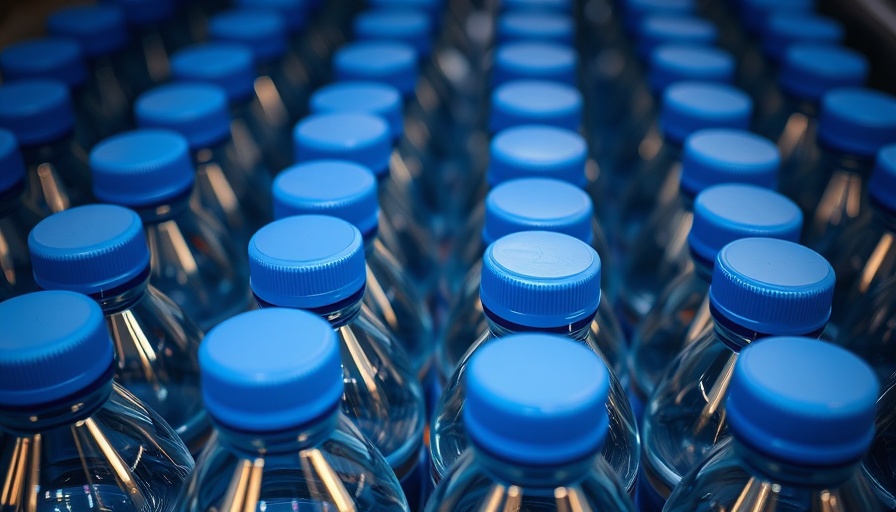
Your Drinking Habits Matter: Reducing Microplastic Intake
In an era where environmental consciousness is paramount, the threat posed by microplastics has risen to the forefront of public health discussions. Studies indicate alarming levels of microplastics accumulated in human brains, particularly concerning as these particles have been linked to conditions such as dementia and cancer. Researchers are now highlighting simple yet effective strategies to significantly curb our ingestion of these harmful substances, suggesting that a minimal change in drinking habits could lead to a stark reduction in microplastic consumption, by as much as 90%.
Microplastics and Their Ubiquitous Presence
Microplastics, which are tiny plastic particles measuring less than 5 millimeters in size, are found almost everywhere—from the food we consume to the water we drink and the air we breathe. It’s estimated that Americans consumed 16.2 billion gallons of bottled water last year, a slight increase from previous years. However, this preference may contribute to the microplastic dilemma as many bottled water brands have tested positive for microplastic contamination.
Research shows that switching from bottled water to filtered tap water can drastically lower annual microplastic consumption from around 90,000 particles to just 4,000. While eliminating exposure entirely may be unrealistic, this simple habit change constitutes an impactful intervention for public health.
Practical Strategies to Reduce Microplastic Exposure
In addition to opting for filtered water, several other practical approaches can further help minimize microplastic accumulation:
- Avoid Heating Food in Plastic: Microwaving food in plastic containers can release millions of microplastic particles.
- Be Cautious with Tea Bags: Many tea bags contain microplastics. Choose loose-leaf tea as a healthier alternative.
- Whole Foods Over Processed: Consuming fresh, whole foods rather than canned or ultra-processed options can yield lower microplastic intake; studies show processed foods like chicken nuggets can hold up to 30 times more microplastics than their fresh counterparts.
The Importance of Indoor Air Quality
Microplastic ingestion isn’t the only concern; inhalation also plays a significant role, with research showing humans can inhale up to 62,000 particles annually. As a preventive measure, utilizing High-Efficiency Particulate Air (HEPA) filters can drastically reduce airborne microplastic presence, capturing nearly all relevant particles.
The Future of Our Health: Hope Amidst Concern
Interestingly, research indicates that the body can naturally eliminate microplastics through methods such as sweating and urination. This offers a glimmer of hope and emphasizes the importance of maintaining healthy habits. By being mindful of our environmental impact and implementing simple lifestyle changes, we can enhance our well-being.
Embracing Change: Your Role in the Solution
As healthcare providers dedicated to patient relationships and comprehensive care, embracing these changes not only benefits our own health but sets an example for our patients. Engaging in conversations about the impact of microplastics in daily life nurtures a healthier community. Encourage patients to transition to filtered water and promote overall wellness strategies to mitigate future health risks associated with microplastic exposure.
In light of these findings, it’s essential for medical concierge practices to consider how they can educate and empower patients about the effects of microplastics. By integrating this information into health discussions, we foster a sense of community and shared responsibility towards public health.
Let’s make a concerted effort to enhance our health by taking actionable steps to reduce unhealthy exposures, leading to a more informed, engaged, and healthier patient community.
 Add Row
Add Row  Add
Add 






Write A Comment